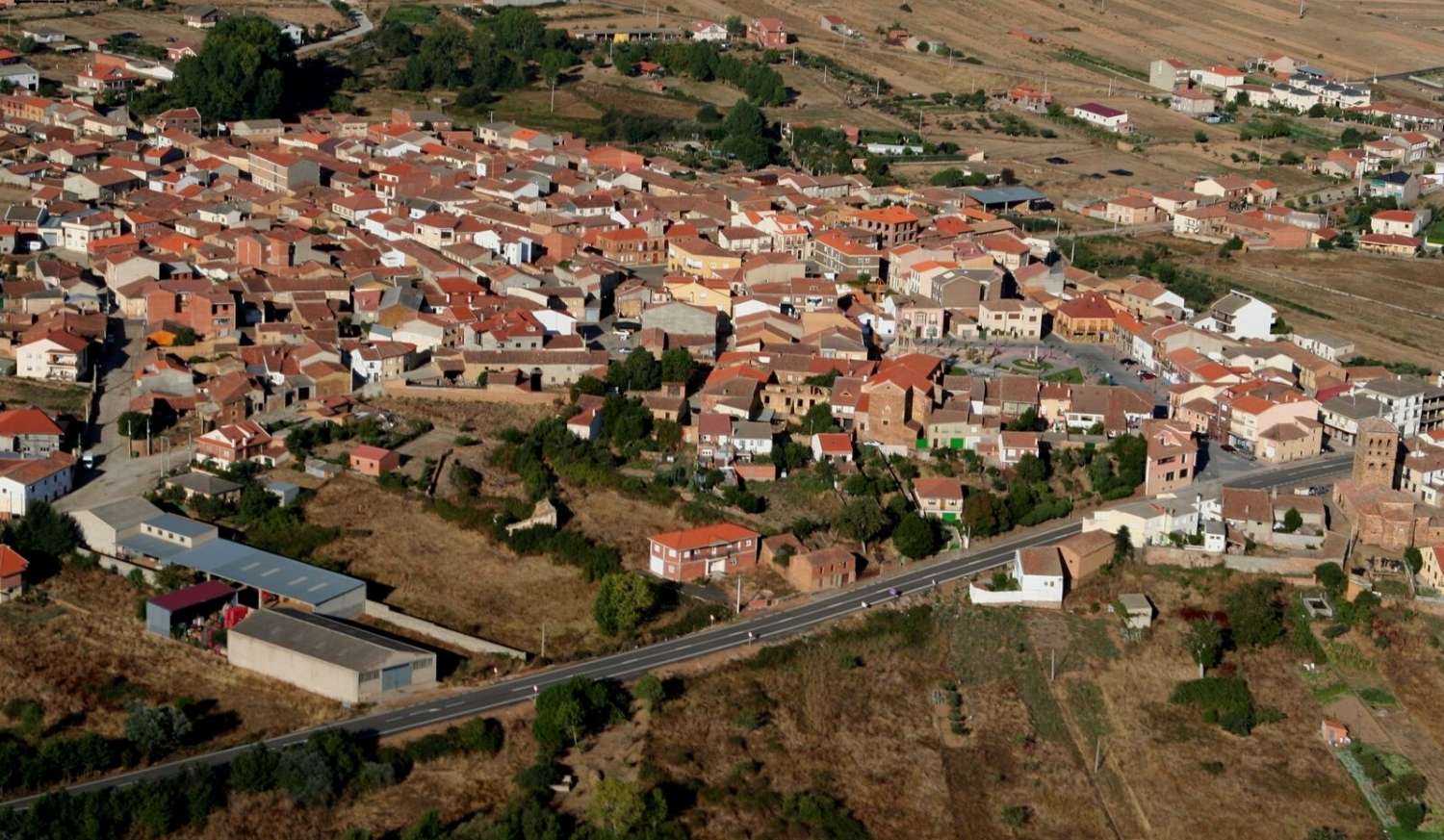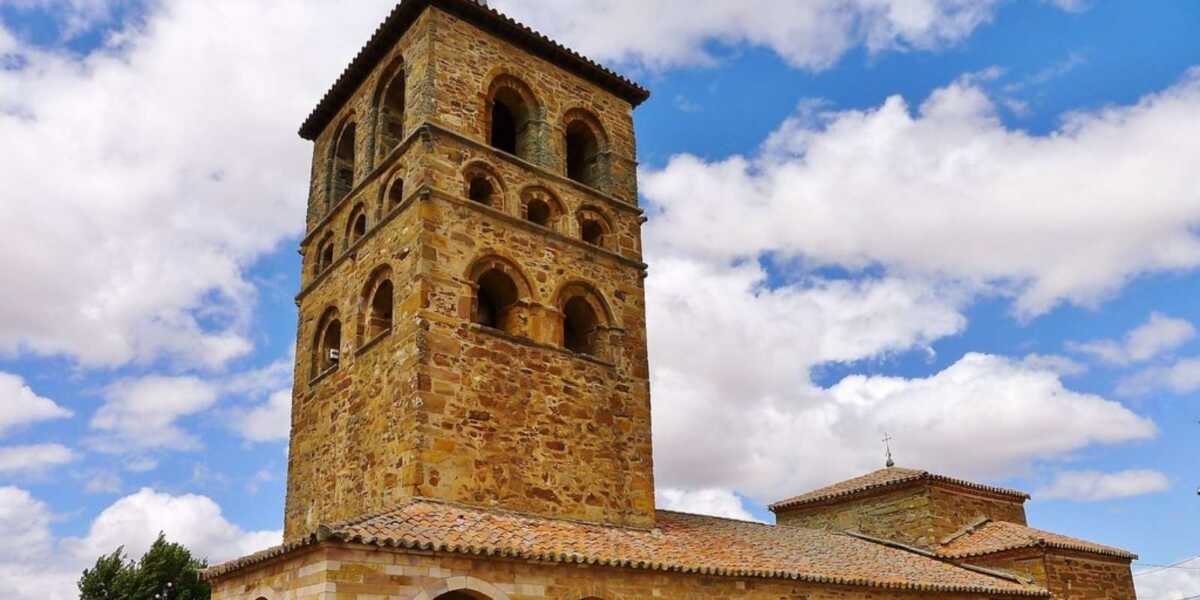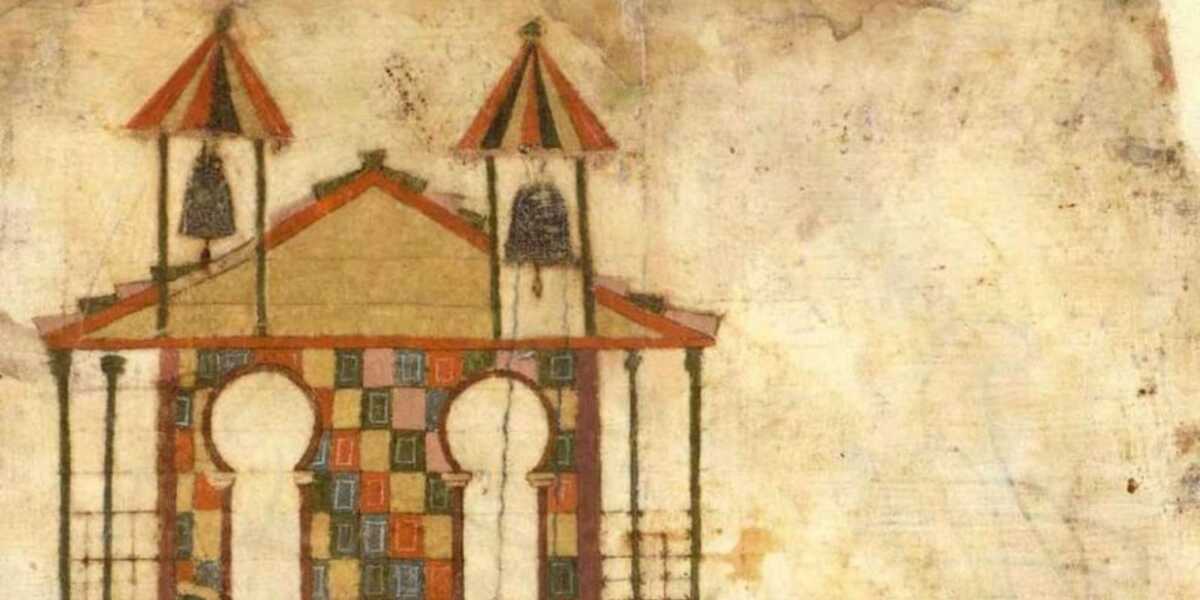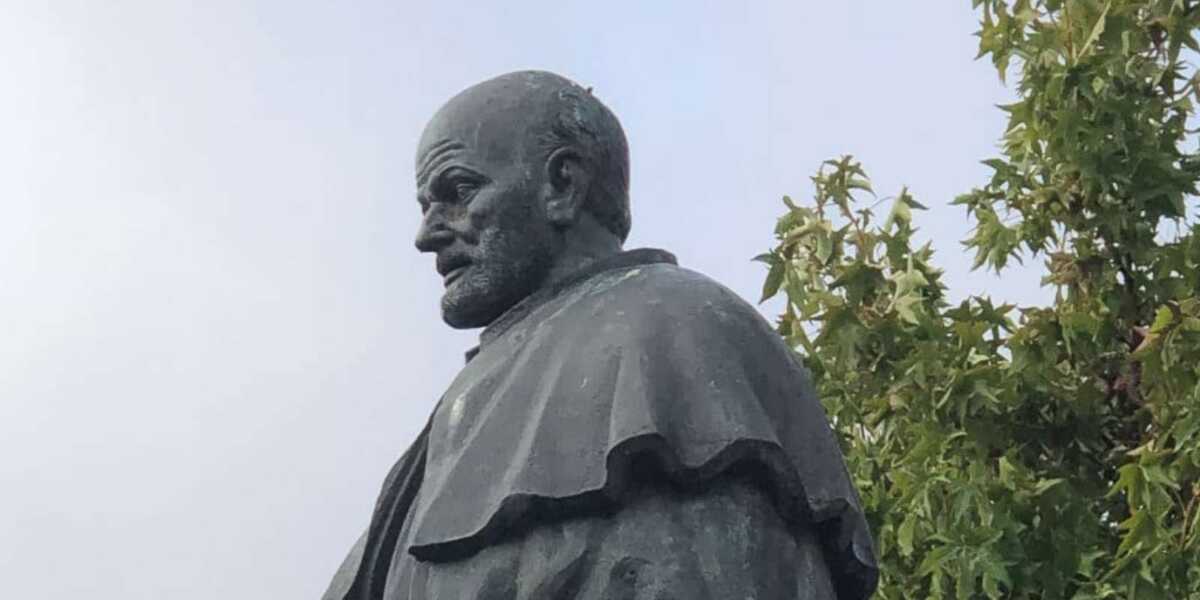
Information about Tábara
Tábara is the capital of the region of Tierra de Tábara. This village is a small but interesting one with a history intrinsically linked to its Romanesque church and the scriptorium it houses, where the Beatos, handwritten codices from the 9th century copies of the original of Beato de Liébana, are collected.
It has the basic services necessary for pilgrims who choose to continue along the Camino Sanabrés, making it an almost obligatory stop, and as such, it has some interesting places to visit.
What to see and do in Tábara
Church of Santa María de Tábara
This church dates back to the 10th century and was declared a Historic-Artistic Monument in 1931. It was a huge monastery of which only its Mozarabic style tower with a horseshoe arch remains. This church has undergone modifications throughout history until 1761, when it was left with the structure of three naves and a polygonal apse that we know today.
Scriptorium of the Blessed
Inside the Church of Santa María de Tábara we find the collection of the Beatos de Tábara. These codices are copies of the texts of Beatus of Liébana, and date from between the 9th and 10th centuries. These very important codices are recognized by UNESCO as a World Heritage Site, and are on display to the public.
Parish Church of Our Lady of the Assumption
Built in the 16th century, this church, known as “El Convento”, was home to different religious orders throughout history, and is attached to the house of the Marquis of Tábara. This church was used as the family church of the Marquis himself, until a riot that got rid of the Marquises. It has a crypt discovered in the 19th century with the tombs of the Marquises.
Palace of the Marquis of Tábara
This House-Palace was the home of the Marquises of Tábara, who suffered a riot that meant its end. In this mansion you can still find the coats of arms of the first Marquis of Tábara, and the family coats of arms, as well as the remains of the luxury with which people lived in this house before the riot.
Statue of León Felipe
This statue located in the main square of Tábara, is a tribute to Felipe Camino Galicia de la Rosa, a native poet of the town, noted for his own works and for translating the international writer Walt Whitman.













